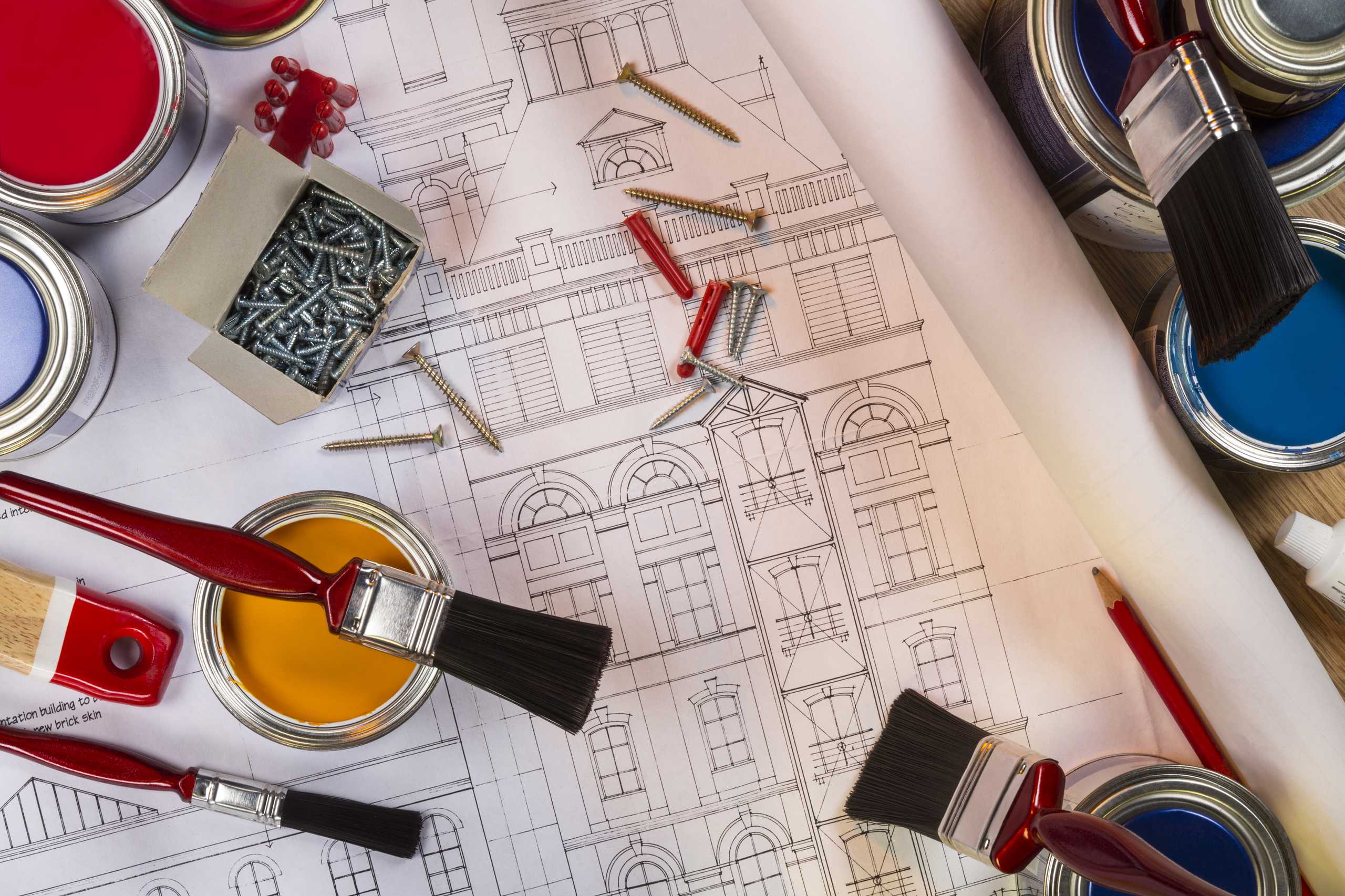Architectural sketching is more than just drawing buildings—it’s a way to visualize ideas, communicate concepts, and explore creativity. For many aspiring designers, learning how to sketch can feel intimidating, but with the right approach, it becomes an incredibly rewarding practice.
Why Sketching Matters
Sketching allows architects and designers to:
- Quickly convey ideas without relying on digital tools.
- Experiment with perspectives, proportions, and compositions.
- Develop a personal style that reflects your creative vision.
Unlike finalized digital renderings, sketches capture the fluidity of thought, making them ideal for brainstorming, client presentations, and conceptual design.
Building Strong Foundations
Every great sketch begins with understanding the basics. Focus on:
- Perspective: Learn one-point, two-point, and three-point perspectives to give depth and realism to your drawings.
- Proportion: Mastering scale and relative sizes ensures your sketches feel balanced and accurate.
- Line Quality: Experiment with line thickness, texture, and flow to add energy and expression to your work.
Practicing these fundamentals regularly creates confidence and prepares you for more complex designs.
Adding Creativity and Style
Once the technical basics are in place, creativity becomes your most powerful tool. Consider:
- Incorporating textures like brick, wood, or stone to make sketches feel alive.
- Using shading and shadows to add depth and atmosphere.
- Developing a personal visual language that makes your work recognizable and unique.
Remember, architectural sketching is as much about expression as it is about accuracy. Let your imagination guide your pen.
Tips for Consistent Practice
- Dedicate time each day to sketching, even if it’s just 10 minutes.
- Study real-world buildings, photos, and famous architectural works.
- Join sketching communities to share your work and gain inspiration.
With patience and persistence, anyone can improve their skills and find joy in bringing ideas to life on paper.

